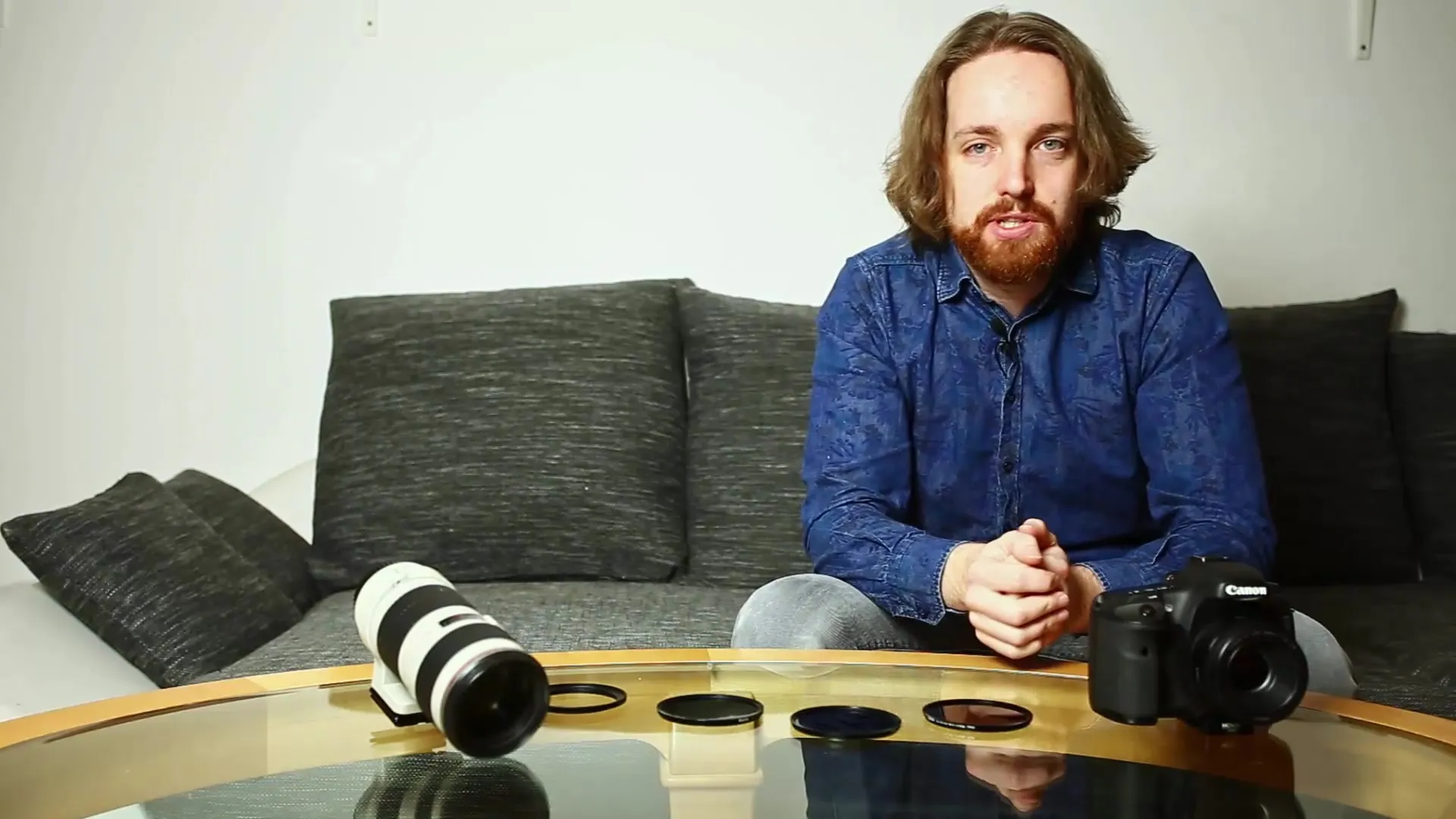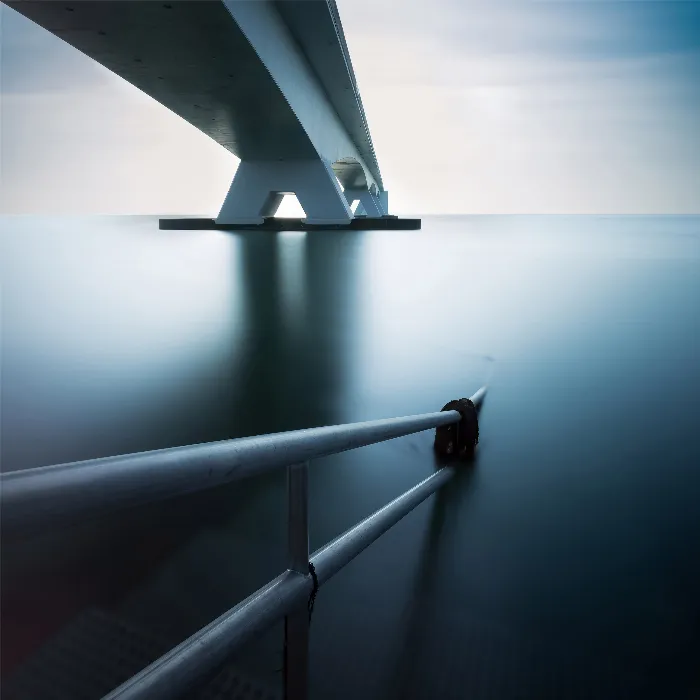Long exposures in photography often require precise control over the light that falls on the sensor. Neutral density filters are essential tools to achieve specific exposure times. This chapter focuses specifically on variable neutral density filters and their advantages and disadvantages. Many photographers wonder if they are truly the best choice. Let’s dive deep into this topic together.
Key findings
Variable neutral density filters offer flexibility, but they are often not strong enough for demanding long exposures and can cause color shifts. A set of fixed neutral density filters is recommended for beginners.
Neutral density filters and their significance
First, take a look at the types of neutral density filters available and why they are indispensable in photography. Neutral density filters help reduce the brightness of incoming light so that you can use longer exposure times without creating overexposed images. Without these filters, you would need a variety of differently rated filters to achieve different exposure values.
How variable neutral density filters work
The variable neutral density filter offers an interesting solution for photographers: it has a second ring that you can turn. Once you rotate this ring, the strength of the filter changes. Theoretically, you could, therefore, own a single filter that simulates many different strengths. This could save you from needing multiple filters.
The disadvantages of variable neutral density filters
However, this flexibility has its pitfalls. Many variable neutral density filters do not provide the necessary darkness, especially when you aim for long exposure times during the day. Often, the maximum factor of such filters is not enough to achieve the desired effects. A filter with a maximum factor of 400 is often not strong enough to reach a few seconds of exposure time.
Another problem arises from the quality of the materials used. Variable neutral density filters can often cause color shifts. Depending on the rotation of the filter, your images might take on a magenta or even a blue tint – tendencies that you definitely want to avoid. Your images should present the best possible quality, and this would be jeopardized by incorrect color shifts.
While it is possible to correct such color shifts in post-processing, that is not the ideal approach. You want to optimize your equipment and planning so that you achieve the best possible result right from the start.
Better alternatives: Fixed neutral density filter sets
If you are new to the world of neutral density filters, I recommend using a set of fixed neutral density filters. A typical set could consist of 8x, 64x, and 1000x neutral density filters. These filters provide you with the necessary darkness and also prevent color distortions.
An advantage of fixed filters is their ease of use: you know exactly what you are getting and do not have to worry about the correct settings. You can also combine the filters to achieve even greater flexibility.
If you already have experience with neutral density filters and know what strengths you need, you will find that a variable neutral density filter is usually not necessary.
Conclusion on variable neutral density filters
While variable neutral density filters can have their place in videography, they are often not the right choice for photography – especially for long exposures. If you are serious about long exposure photography, you should opt for a set of fixed filters that offer you more control and quality.

Summary – Long exposures from A to Z: Understanding variable neutral density filters
In this chapter, we discussed the advantages and disadvantages of variable neutral density filters. While they can theoretically save space, they are often not really effective for long exposures. Fixed neutral density filters or filter sets are the better choice to achieve the best possible image quality.
Frequently asked questions
Are variable neutral density filters suitable for beginners?No, it is better to start with a set of fixed neutral density filters.
How strong should the neutral density filters be?Choose filters with strengths of 8x, 64x, and 1000x.
How can I avoid color shifts?Use fixed neutral density filters as they generally do not produce color shifts.
What is the disadvantage of variable neutral density filters?They are often not dark enough and can cause color shifts.
For whom are variable neutral density filters suitable?They can be useful for videography where quick adjustments are needed.


